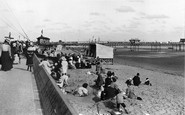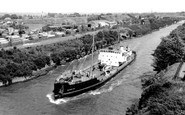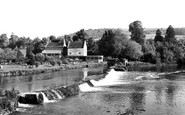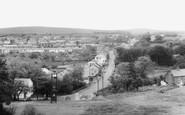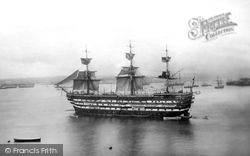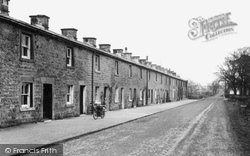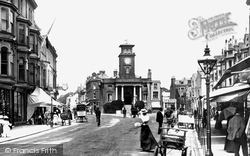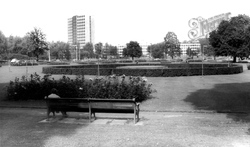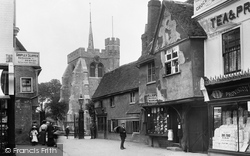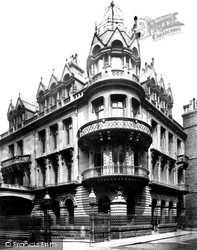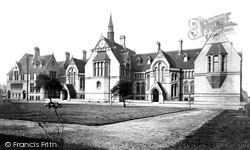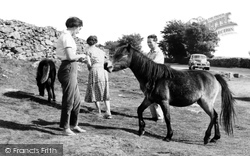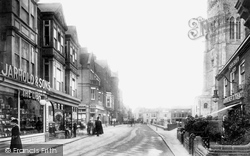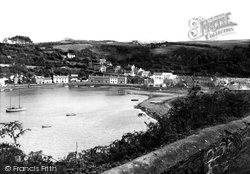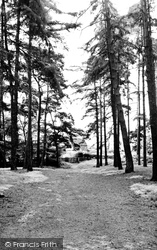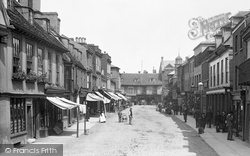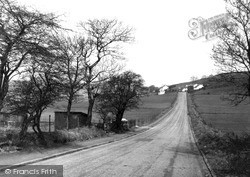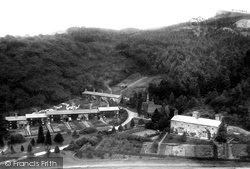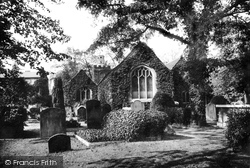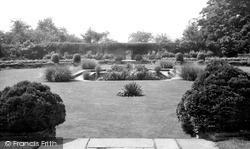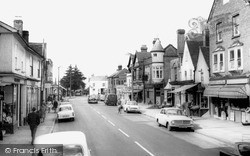Places
18 places found.
Those places high-lighted have photos. All locations may have maps, books and memories.
- Hythe, Kent
- Hythe, Hampshire
- Small Hythe, Kent
- Bablock Hythe, Oxfordshire
- Methwold Hythe, Norfolk
- Hythe, Somerset
- Hythe, Surrey
- Hythe End, Berkshire
- The Hythe, Essex
- Egham Hythe, Surrey
- West Hythe, Kent
- New Hythe, Kent
- Broad Street, Kent (near Hythe)
- Horn Street, Kent (near Hythe)
- Newbarn, Kent (near Hythe)
- Newington, Kent (near Hythe)
- Broad Street, Kent (near Hythe)
- Stone Hill, Kent (near Hythe)
Photos
360 photos found. Showing results 3,961 to 360.
Maps
101 maps found.
Books
10 books found. Showing results 4,753 to 10.
Memories
4,406 memories found. Showing results 1,981 to 1,990.
Days Out In Lytham In The Forties And Fifties
We lived in Preston, Lancashire from 1944 to 1956 and often came here for the day on the bus. My mother preferred Lytham to Blackpool and we spent happy hours on the sands. This picture, taken before the ...Read more
A memory of Lytham by
Post Office Radio Station
The Maritime Radio service of the Post Office had medium wave radio stations at Wick (Caithness) and Port Patrick (Dumfries & Galloway). As the Minches were a very busy area for fishermen from Fleetwood and ...Read more
A memory of North Connel in 1947 by
Coastguard Cottages
Built right on the smuggling cove to stop the smugglers, they predate nearby Porthenalls which was only built c1900, bought by the T_B estate in the 1980s(?), now holiday lets.
A memory of Rosudgeon by
Sad Demise
Sadly we see very few ships passing down the Manchester Ship Canal these days. When I was a kid I lived in Latchford not far from the locks. We used to spend many hours watching the ships pass through the locks on there way to ...Read more
A memory of Warrington in 1964 by
The Railway At Heacham
My father had holidays in Heacham in the 1920s. I visited as a young boy in the 1950s staying in an old railway carriage on the beach side of the station. My favourite activity was sitting by the station and watching the ...Read more
A memory of Heacham in 1954 by
Hessenford
I was so pleased to come across a site talking about 'my' family village of Hessenford. I was also evacauated to Hessenford with my mum and spent my 1st birthday there. This was the first of many August holidays with my Great Aunt ...Read more
A memory of Hessenford in 1944 by
Bathampton Tea Gardens
This is a view of the Bathampton Tea Gardens which occupied the old buildings of Bathampton Mill, and the picture is taken from Bathampton Bridge. On the O.S. Somerset sheet XIV Revision of 1930 with additions in 1938. The ...Read more
A memory of Bathampton in 1959 by
Evacuees
My sister and I, Margaret and Maureen Grieve, were evacuated to Brynamman. I lived with Nellie, Stanley and Menna Thomas in the then new council houses. My sister stayed with the Pughs in Faifield House. My brothers joined us, Ken ...Read more
A memory of Upper Brynamman in 1940 by
The Grammar School
I remember climbing onto the roof of the Grammar School - I was in the fifth form, so this would be 1964 or 1965 - and scratching my name on the slates there, underneath my dad's name. He must have done it about 1932. And ...Read more
A memory of Normanton in 1964 by
Springhead Terrace
I was born at number 11, and was told I did not open my eyes, so Mrs Tyreman baptized me. She had changed from Methodist to Catholic when she married her husband who was a tailor. When the priest came the next morning and blessed ...Read more
A memory of Loftus in 1930 by
Captions
4,899 captions found. Showing results 4,753 to 4,776.
Five years later 'Britannia' was relieved and replaced by the 1861-built steam warship 'Prince of Wales', which was then renamed 'Britannia'.
WE BEGIN the tour of the city by the Dean's Eye gate-house, the dropping-off point both for mod- ern tour coaches and ancient stagecoaches.
The lavish use of stone in these cottages (it came from quarries at Tootle Heights near Longridge) was made possible by the plentiful supply in those days.
The old Town Hall building was finally demolished in 1966 and its site covered by the entrance to the modern Guildbourne shopping precinct.
With the industrial revolution of the 1980s declining industries were superceded by the newest hi-tech companies.
With the industrial revolution of the 1980s declining industries were superceded by the newest hi-tech companies.
George Savage's draper's shop is by the gates on the right, and next door to him is Allsop's, trading as a cash tailor under the slogan: 'The Novelty House for Neckwear'.
George Savage's draper's shop is by the gates on the right, and next door to him is Allsop's, trading as a cash tailor under the slogan: 'The Novelty House for Neckwear'.
Stafford was next involved in national politics when William Howard, Viscount Stafford (1614-80), became one of the victims of the so-called 'Popish Plot' invented by the notorious Titus Oates.
The whole building was put up by the Bank of England in 1826, its second branch in the provinces. Samuel Brooks bought the premises in 1847 when the Bank of England moved out to newer premises.
The opening ceremony was performed by the Duke of Devonshire.
By the beginning of the 20th century, Tavistock, Lydford and Okehampton in the west had stations, and in the east Bovey Tracey, Lustleigh and Moretonhampstead all benefited from the construction of
By the time of this photograph Cromer had experienced a continuing building boom, which included new premises for fashionable stores such as Jarrold & Sons (left), who are still flourishing both in Cromer
Fishguard is famous for the defeat and capture of a French 'invasion force' in 1797, by the women of the town!
Ampthill Park was for many years the venue for large bi-annual camps organised by the Scout Movement in Bedfordshire.
The town was known as 'Wycumbe' in the 12th and 13th centuries, and by the 14th century it was known as Chepping Wycombe to distinguish it from West Wycombe - 'chepping' means 'market'.
The 1898 view shows the earlier type of blinds used by the shops to protect their goods: the awning is supported on wooden posts driven into the road surface.
Piper Bank, sweeping up towards the moors, is traversed by the road built in 1818 through the Glen.
After the Hutton estate was bought by Joseph Whitwell Pease in the 1860s, the two rows of cottages were prettified by the addition of decorative porches.
By the 1750s his fame had grown, and his celebrity status attracted visitors.
However, as British naval power expanded beyond Europe during the reign of Elizabeth I it became possible to manufacture gunpowder at home, and by the middle of the 16th century gunpowder mills had
By the beginning of the 17th century the centre of Glasgow had shifted south, to the foot of the High Street where it joined the Saltmarket.
Originally owned by the Priory of St Bartholomew The Great, the estate was acquired in 1709 by James Brydges, later Duke of Chandos. Here he created one of London's great houses.
Looking west along the High Street, one is struck by the minimal amount of traffic. Nonetheless, in 1976 it was necessary to build the Ware by-pass to alleviate congestion in the High Street.
Places (18)
Photos (360)
Memories (4406)
Books (10)
Maps (101)

